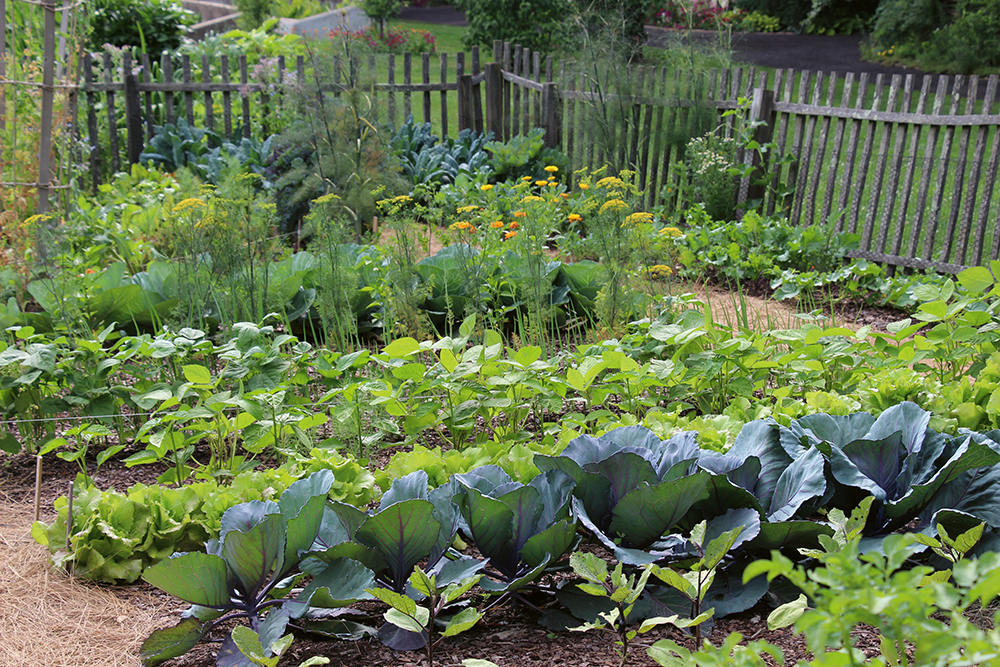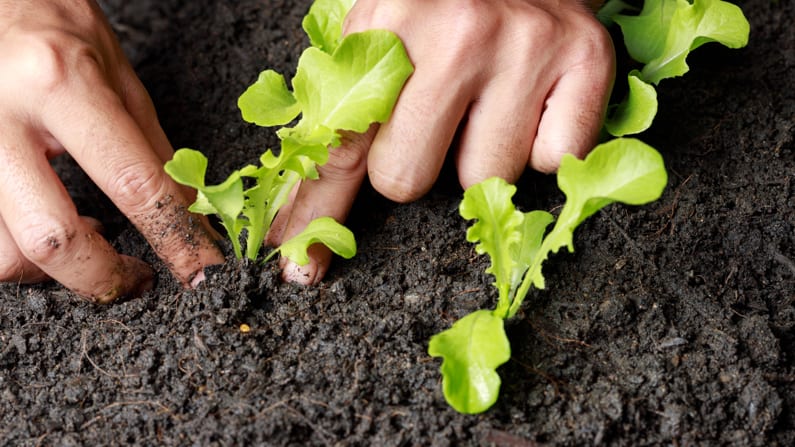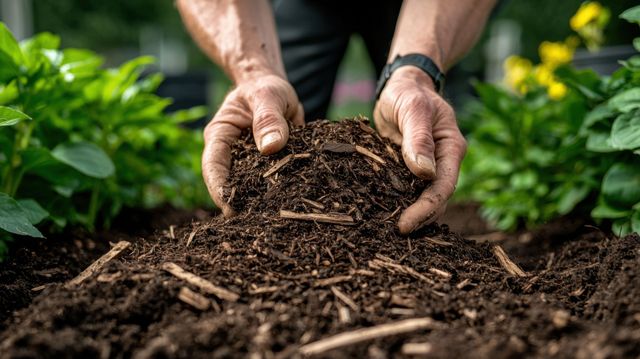The Science Behind Companion Planting
Companion planting is more than just gardening folklore—it's a scientifically validated approach to creating healthier, more productive gardens. This ancient practice involves strategically placing plants near each other to create beneficial relationships that enhance growth, deter pests, and improve yields.
The Biochemical Basis of Companion Planting
Plants communicate through chemical signals in ways we're only beginning to understand. Many plants release biochemical compounds through their roots, leaves, and flowers that can:
- Attract beneficial insects that prey on pests
- Repel harmful insects through natural pesticides
- Enhance soil microbiology through root exudates
- Inhibit the growth of competing plants (allelopathy)
For example, marigolds release alpha-terthienyl from their roots, a compound that suppresses nematode populations in the soil. This makes them excellent companions for tomatoes, cucumbers, and other nematode-susceptible crops.
Nitrogen Fixation Partnerships
Legumes like peas, beans, and clover form symbiotic relationships with Rhizobium bacteria in their root nodules. These bacteria convert atmospheric nitrogen into forms plants can use. Planting nitrogen-hungry crops like corn or cabbage near legumes can reduce the need for synthetic fertilizers.

Trap Cropping and Pest Confusion
Some companion plants act as "trap crops," attracting pests away from your main crops. For instance, planting nasturtiums near brassicas lures aphids away from your cabbages and kale. The strong scent of aromatic herbs like basil and oregano can mask the scent of vulnerable plants, confusing pests.
Space Optimization Through Vertical Layering
Companion planting maximizes space by combining plants with different growth habits. The classic "Three Sisters" method pairs corn (vertical growth), beans (climbing vines), and squash (ground cover). This creates a mini-ecosystem where each plant benefits the others while making efficient use of space.
Proven Companion Planting Combinations
| Primary Crop | Companion Plants | Benefits |
|---|---|---|
| Tomatoes | Basil, marigolds, carrots | Deters whiteflies, improves flavor |
| Cucumbers | Radishes, nasturtiums, beans | Deters cucumber beetles |
| Peppers | Basil, onions, spinach | Improves growth, deters pests |
By understanding the scientific principles behind companion planting, gardeners can create more resilient, productive ecosystems in their own backyards. The key is observing plant interactions and experimenting to find what works best in your specific growing conditions.





:strip_icc()/BHG-gardening-pests-neem-oil-for-plants-Hero-351e9a537e704fdfad83a6e55b7e9d3b.jpg)